Space
Sign up for our newsletter
We summarize the week's scientific breakthroughs every Thursday.
-
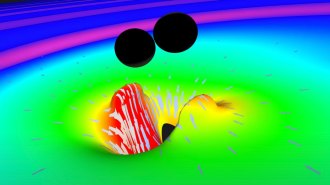 Physics
PhysicsGravitational waves confirm a black hole law predicted by Stephen Hawking
The first black hole merger detected by LIGO affirms that the surface area of a black hole can increase over time, but not decrease.
-
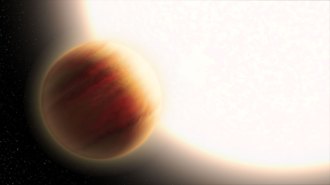 Space
SpaceMost planets on tilted orbits pass over the poles of their suns
Nearly all of the worlds on misaligned trajectories in other solar systems orbit at nearly 90 degrees to their stars’ equators.
By Ken Croswell -
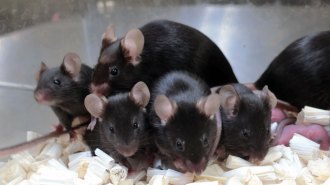 Animals
AnimalsMouse sperm thrived despite six years of exposure to space radiation
A space station experiment suggests future deep-space explorers don’t need to worry about passing the effects of space radiation on to their children.
-
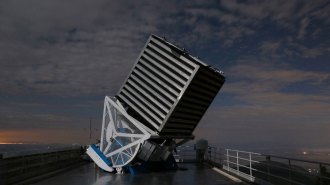 Astronomy
AstronomyAn arc of galaxies 3 billion light-years long may challenge cosmology
Dubbed “the Giant Arc,” the purported structure is much larger than expected in a cosmos where matter is thought to be evenly distributed.
-
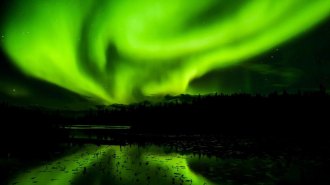 Physics
PhysicsAuroras form when electrons from space ride waves in Earth’s magnetic field
New lab results confirm that auroras are triggered by disturbances in Earth’s magnetic field called Alfvén waves.
-
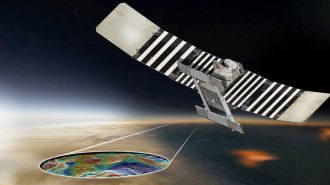 Planetary Science
Planetary ScienceNASA will be heading back to Venus for the first time in decades
Two newly selected missions, VERITAS and DAVINCI+, will explore the history of the planet's water and habitability.
-
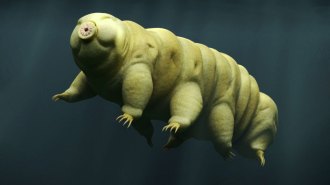 Life
LifeEven hard-to-kill tardigrades can’t always survive being shot out of a gun
A recent experiment put tardigrades’ indestructibility to the test by firing the critters at speeds up to 1,000 meters per second.
-
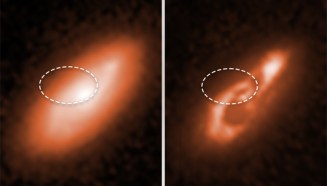 Astronomy
AstronomySome fast radio bursts come from the spiral arms of other galaxies
Tracking five brief, bright blasts of cosmic radio waves to their origins suggests their sources form quickly in regions with lots of star formation.
-
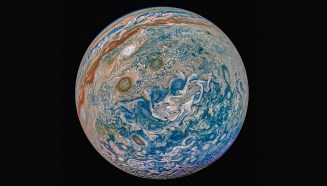 Planetary Science
Planetary ScienceLaser experiments suggest helium rain falls on Jupiter
Compressing a hydrogen and helium mixture with lasers shows that the two elements separate at pressures found within gas giant planets.
-
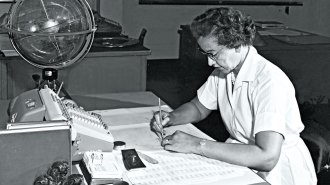 Science & Society
Science & SocietyA new memoir tells the life story of NASA ‘hidden figure’ Katherine Johnson
"My Remarkable Journey" gives the backstory of NASA mathematician Katherine Johnson, the central character of the 2016 film "Hidden Figures."
-
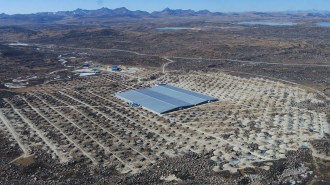 Astronomy
AstronomyRecord-breaking light has more than a quadrillion electron volts of energy
Hundreds of newly detected gamma rays hint at cosmic environments that accelerate particles to extremes.
-
 Astronomy
AstronomyWatch this beautiful, high-resolution simulation of how stars are born
The STARFORGE simulation follows a giant gas cloud as it collapses into new stars, accounting for all the phenomena thought to influence the outcome.